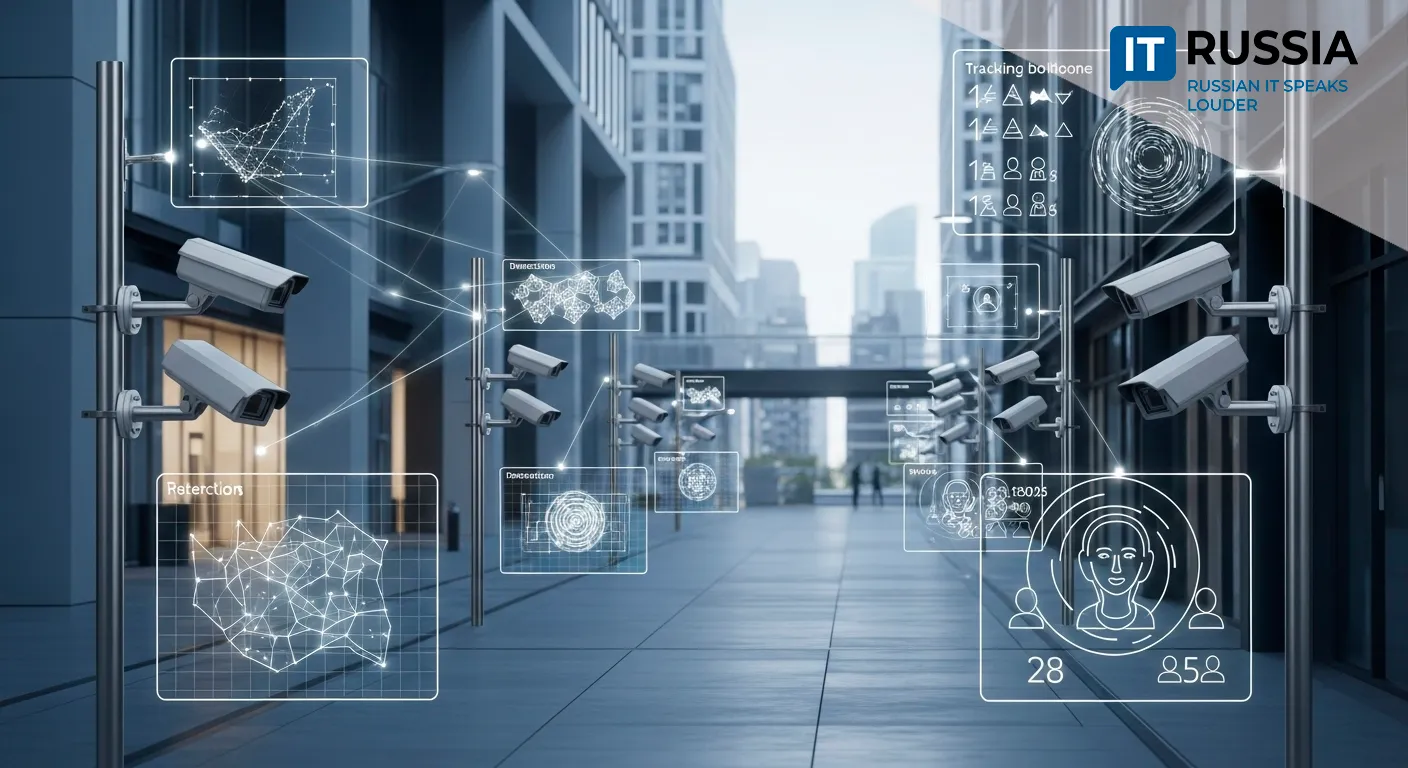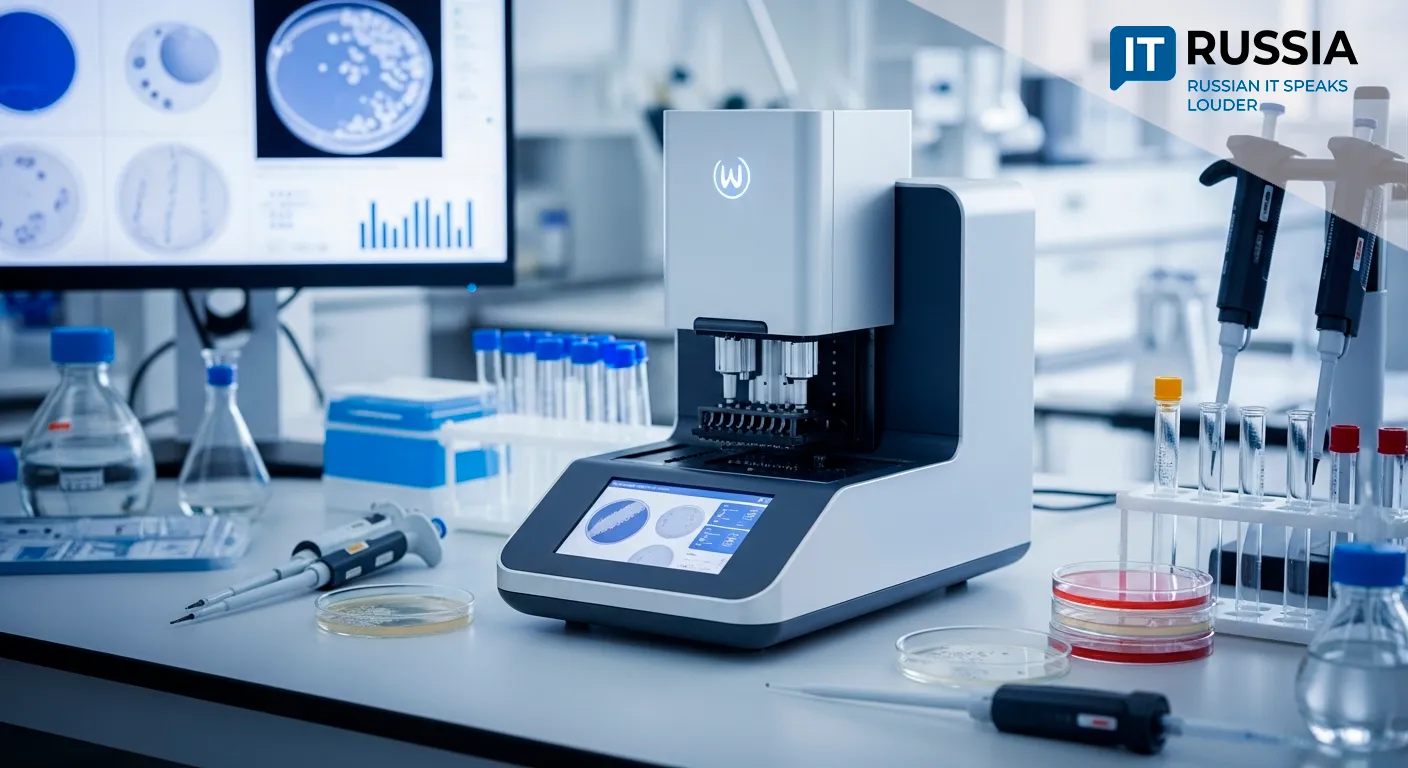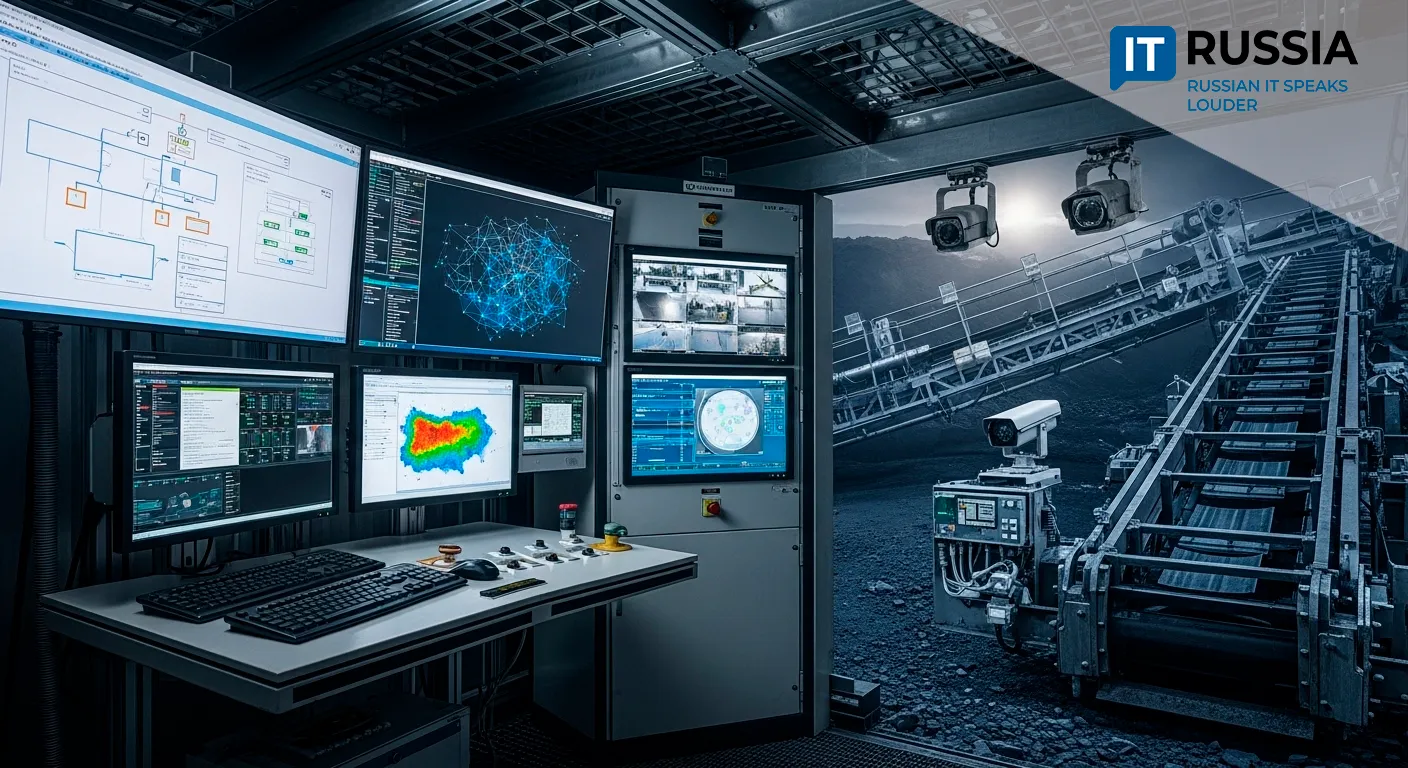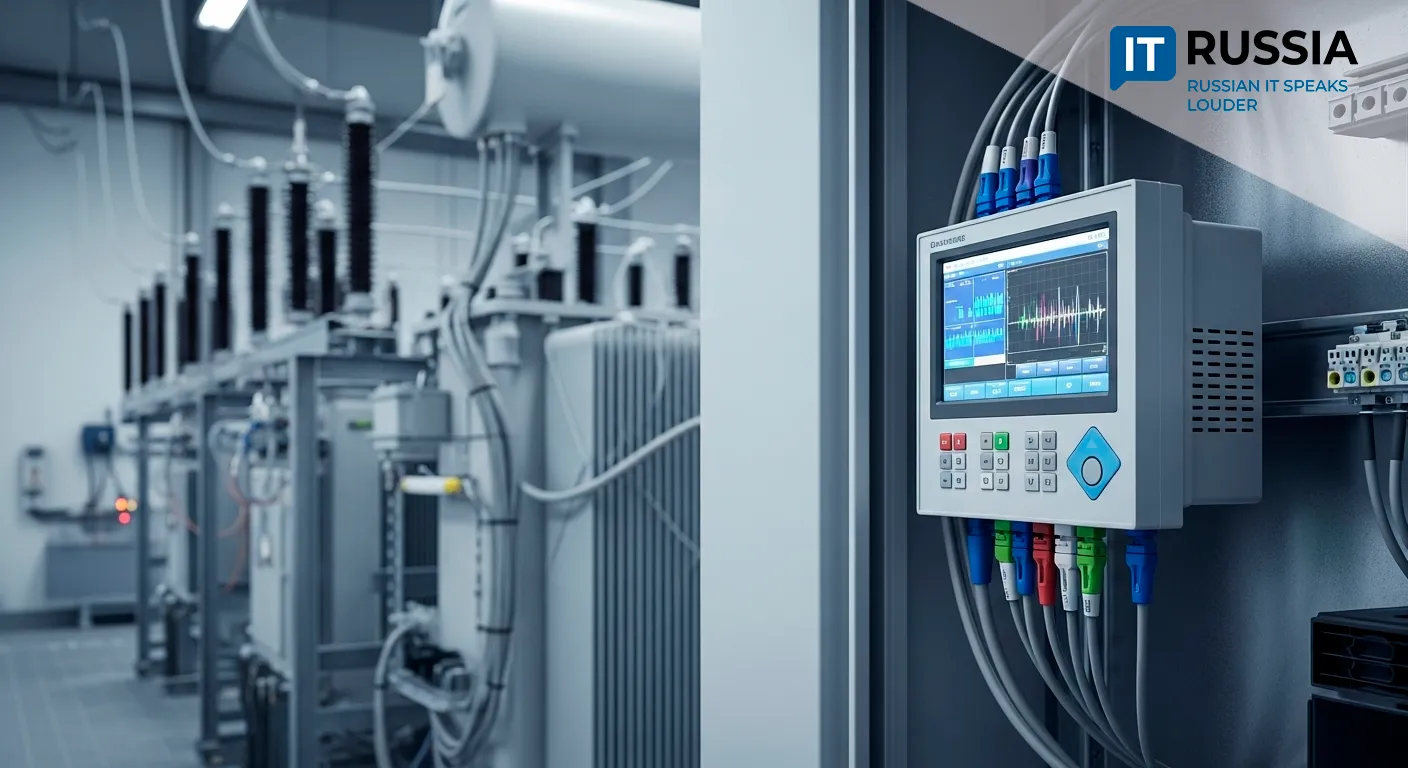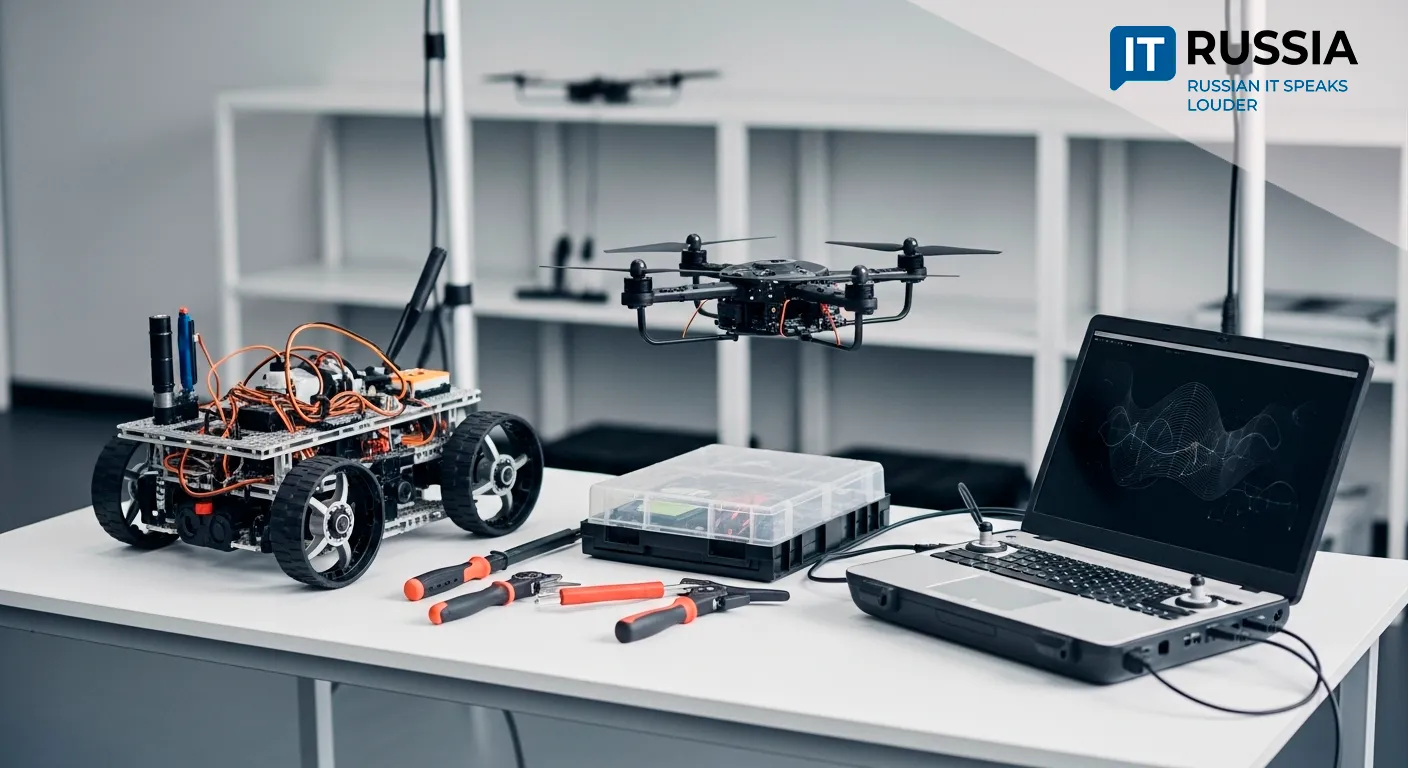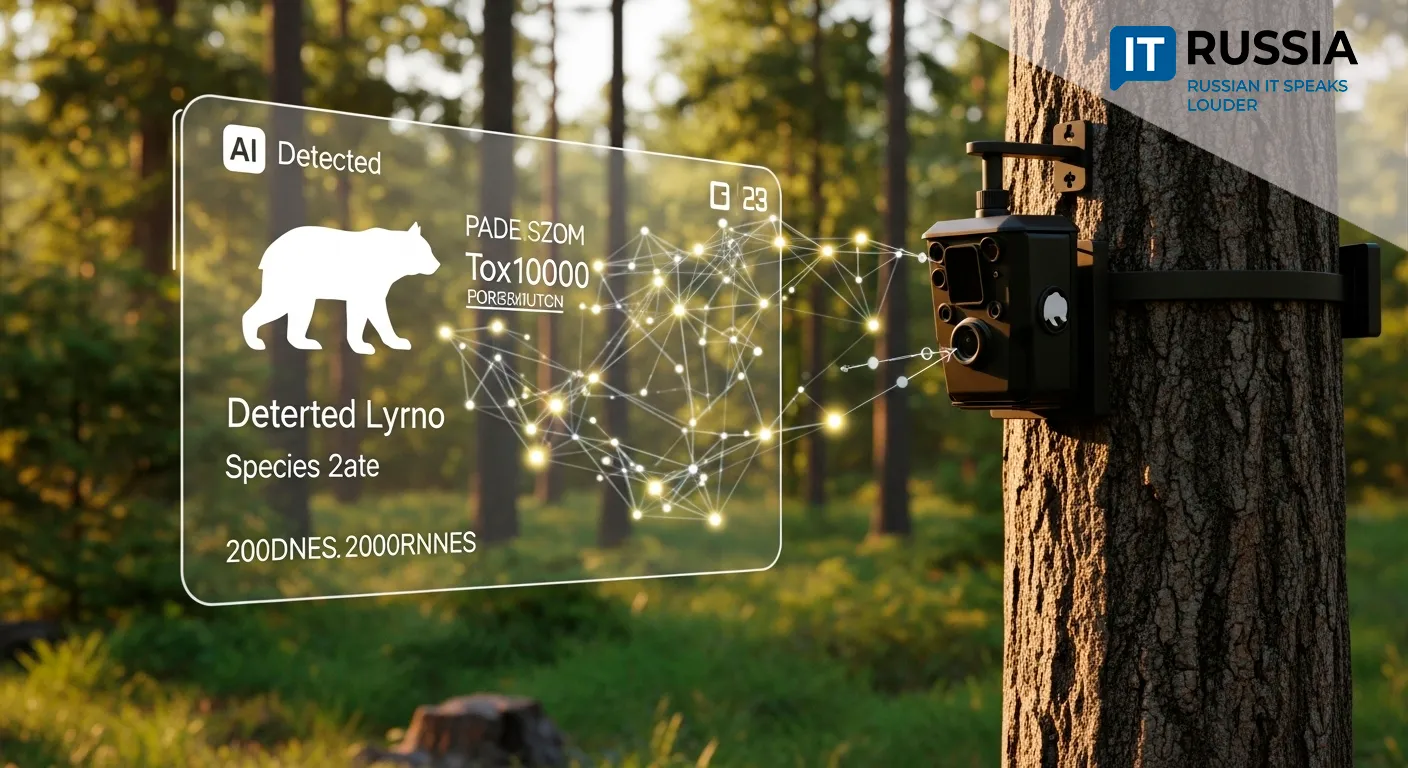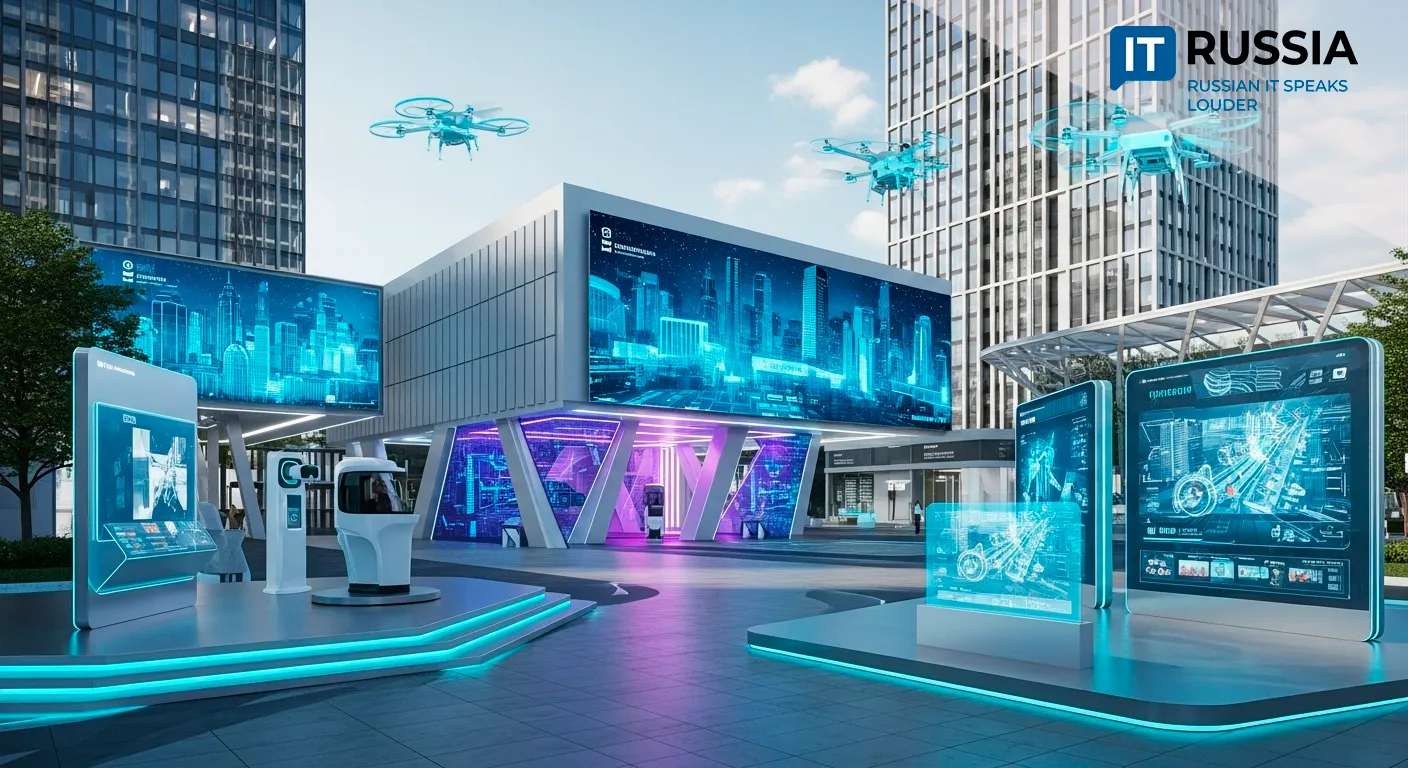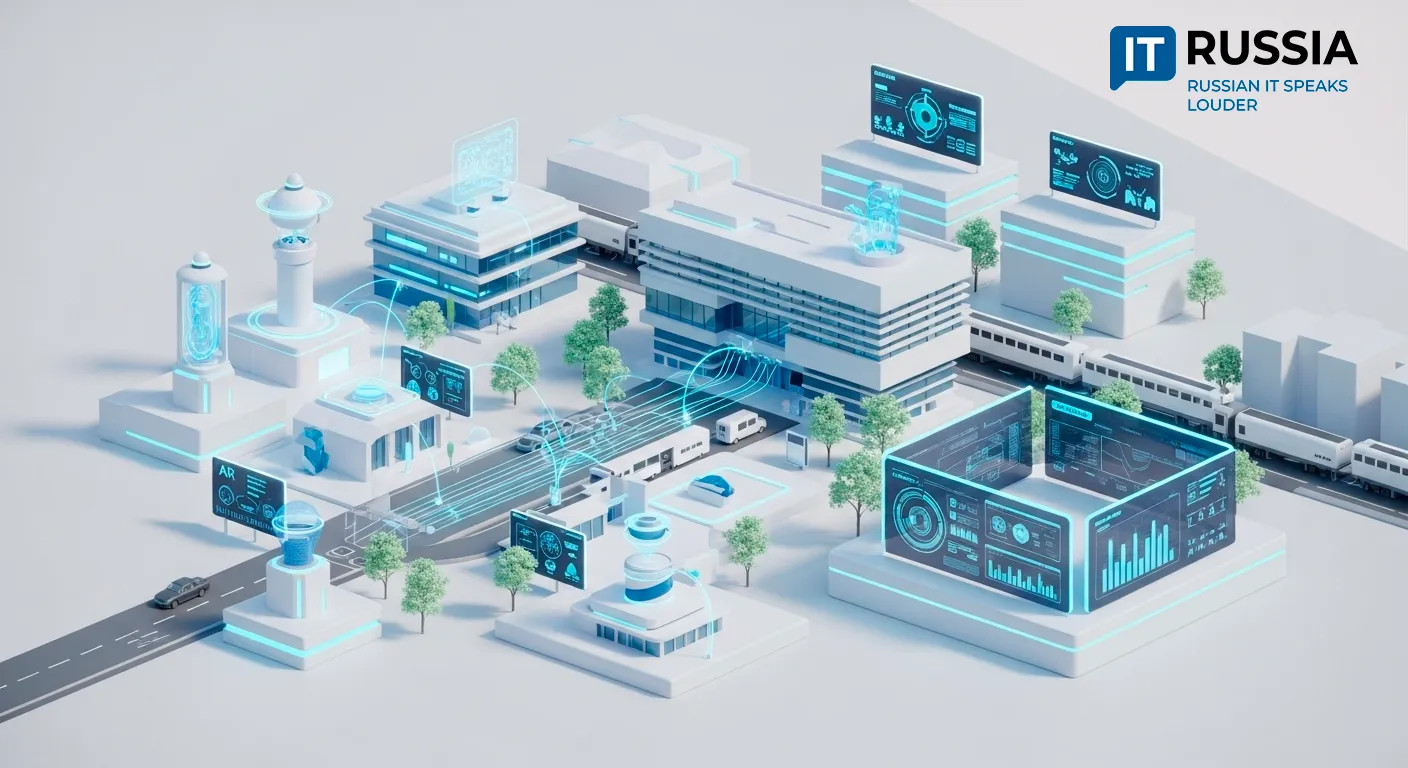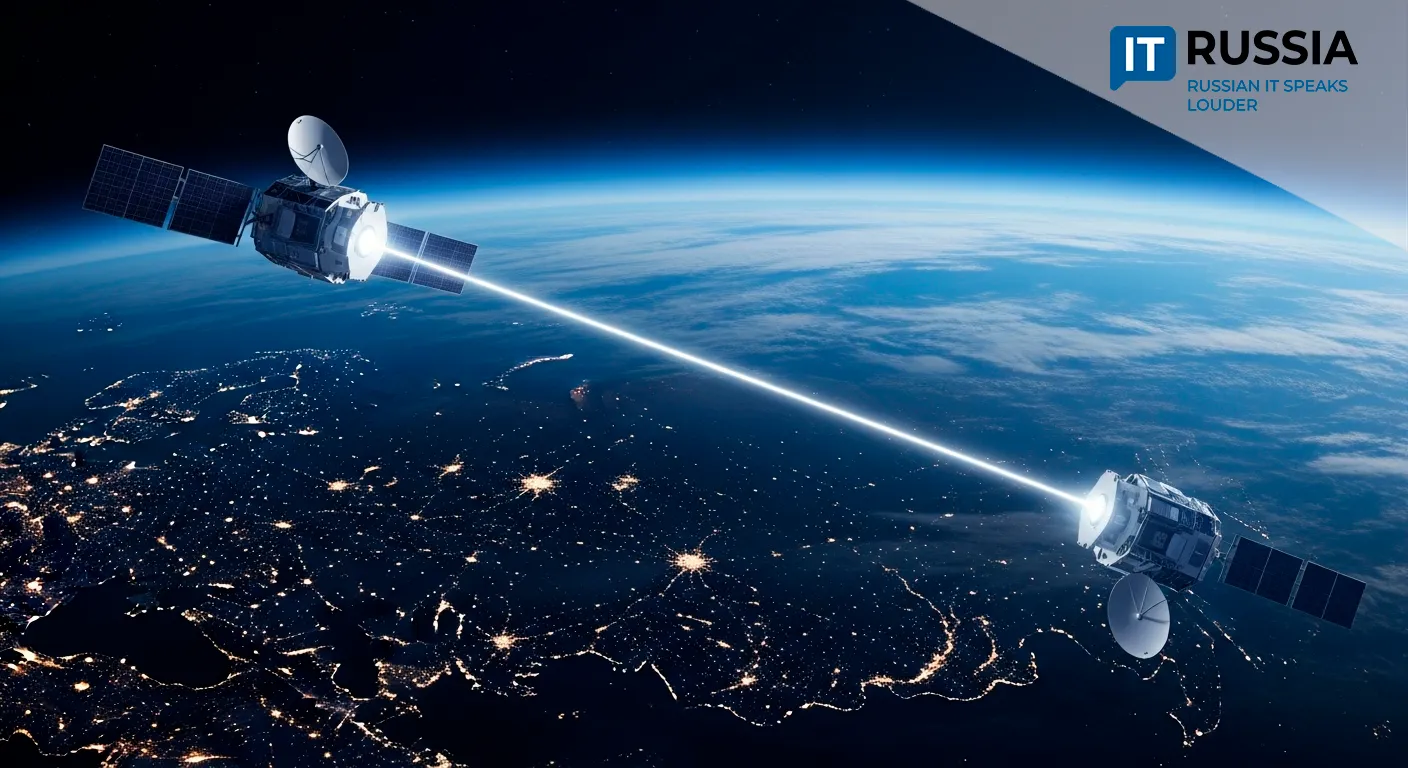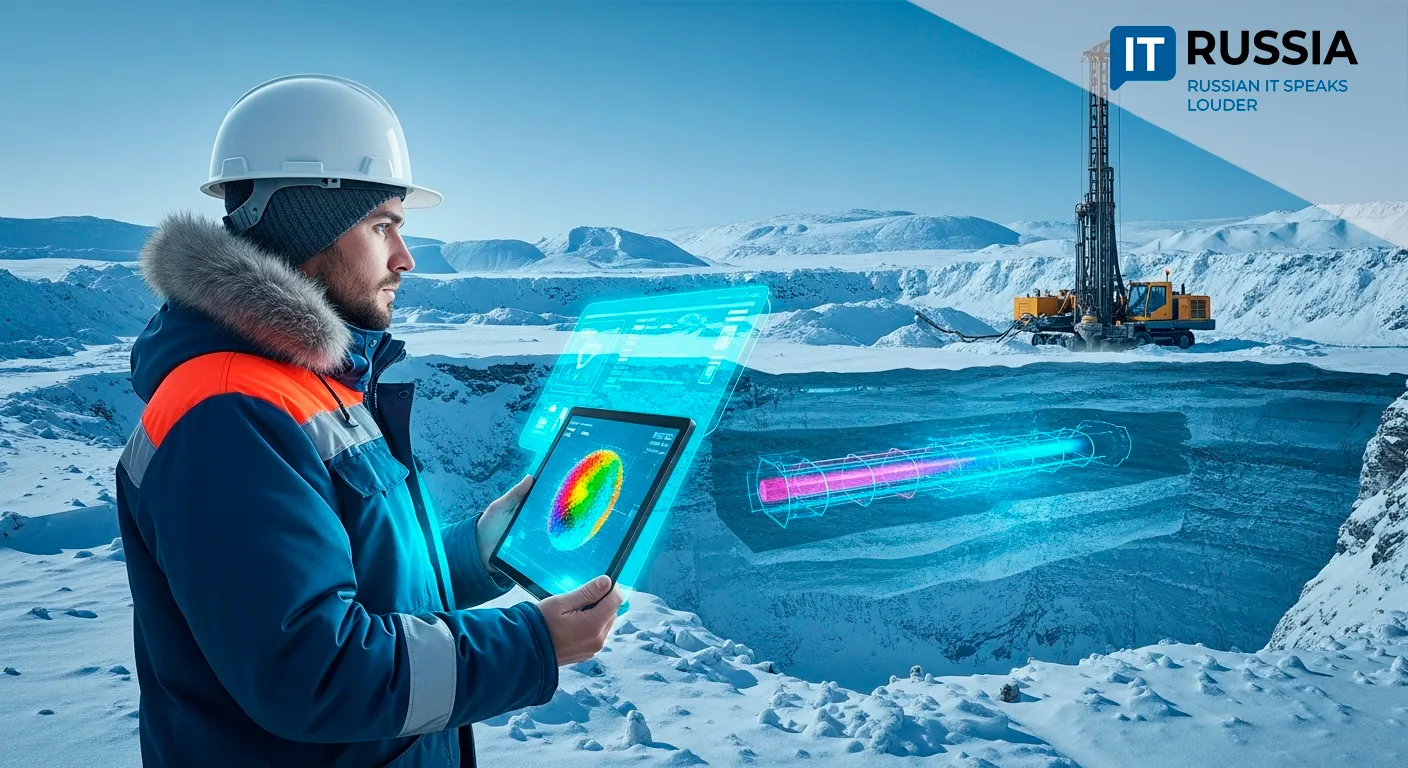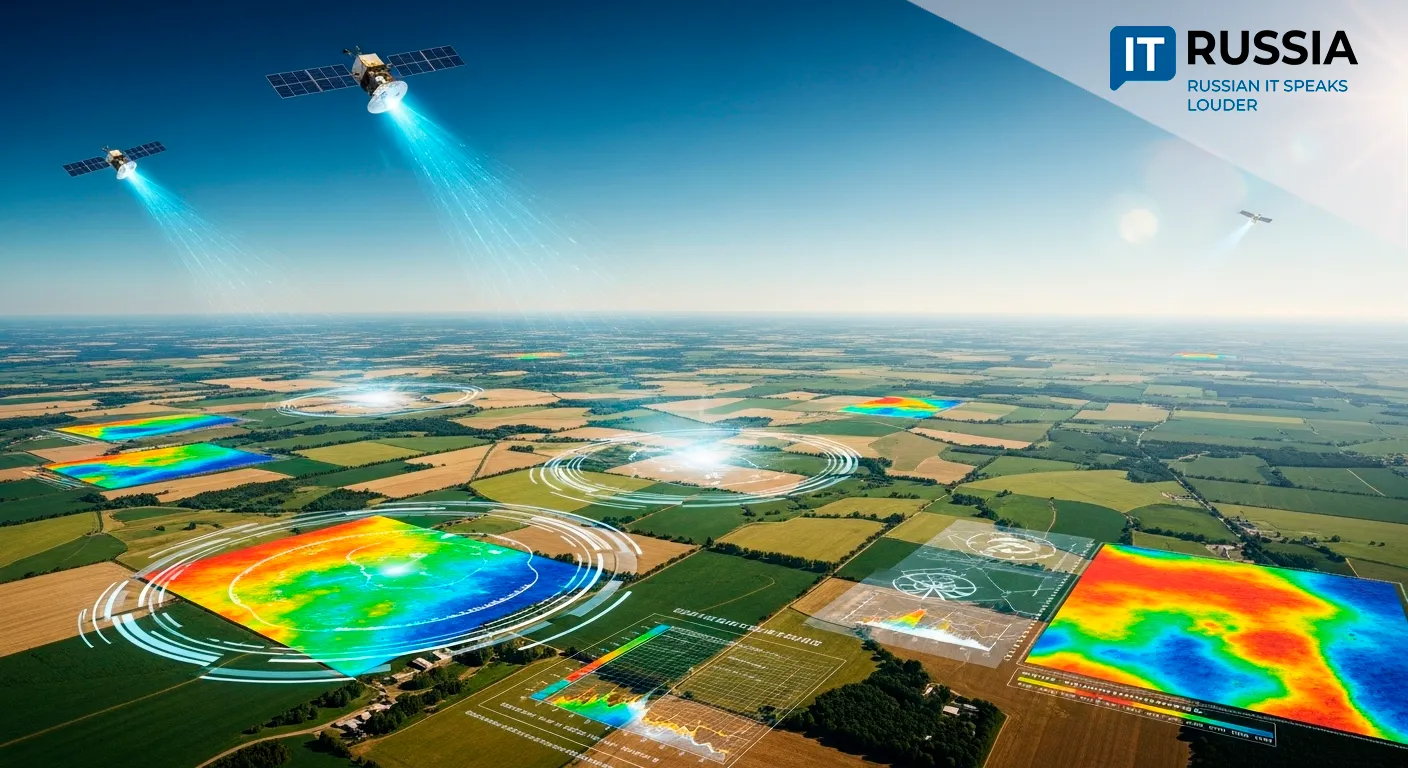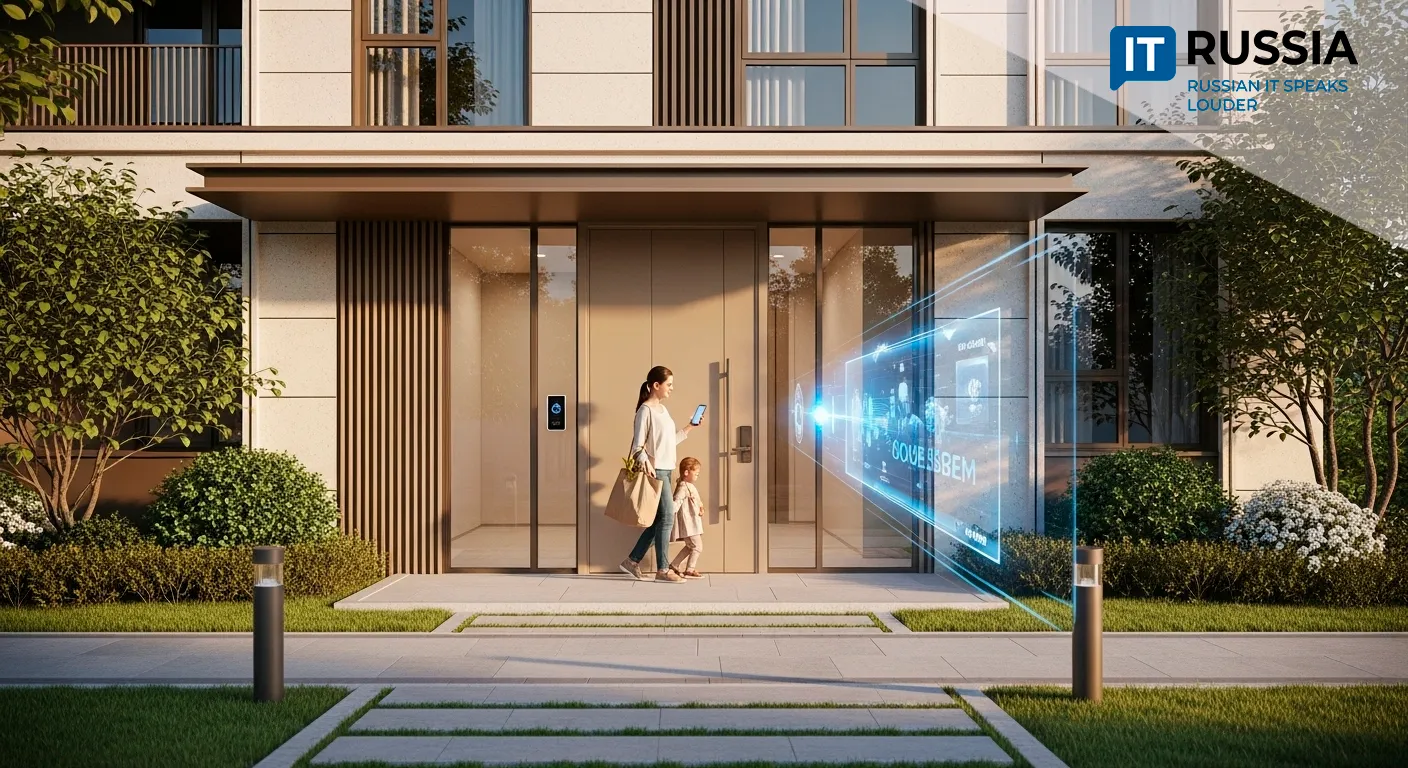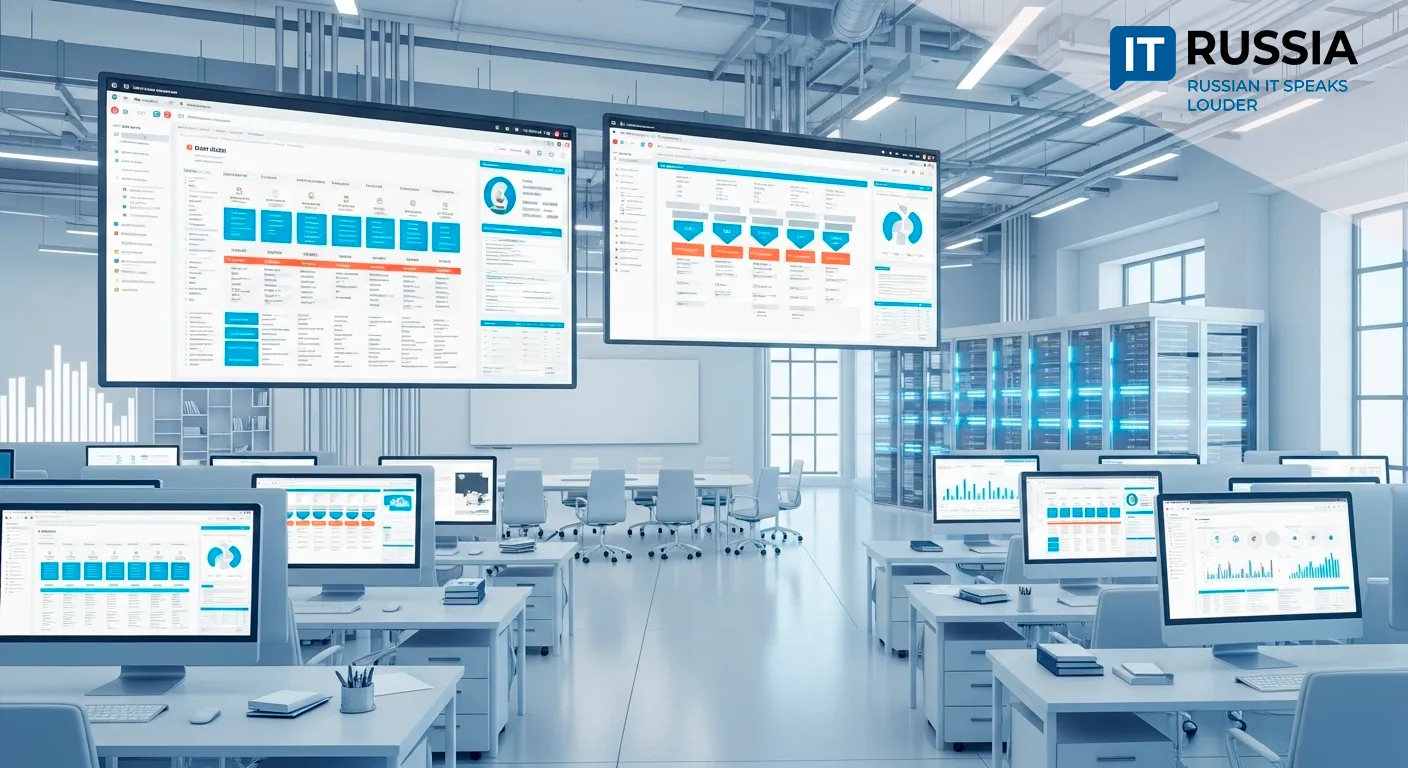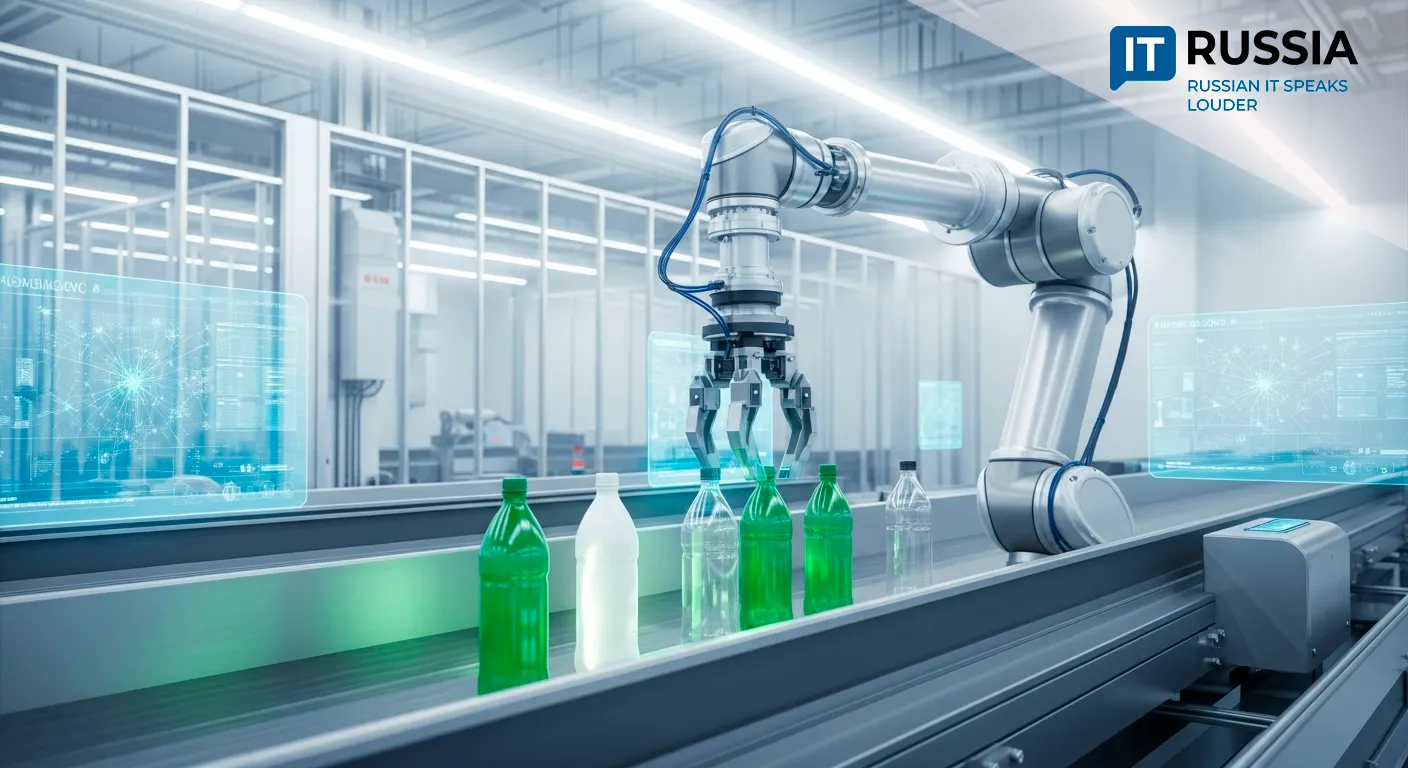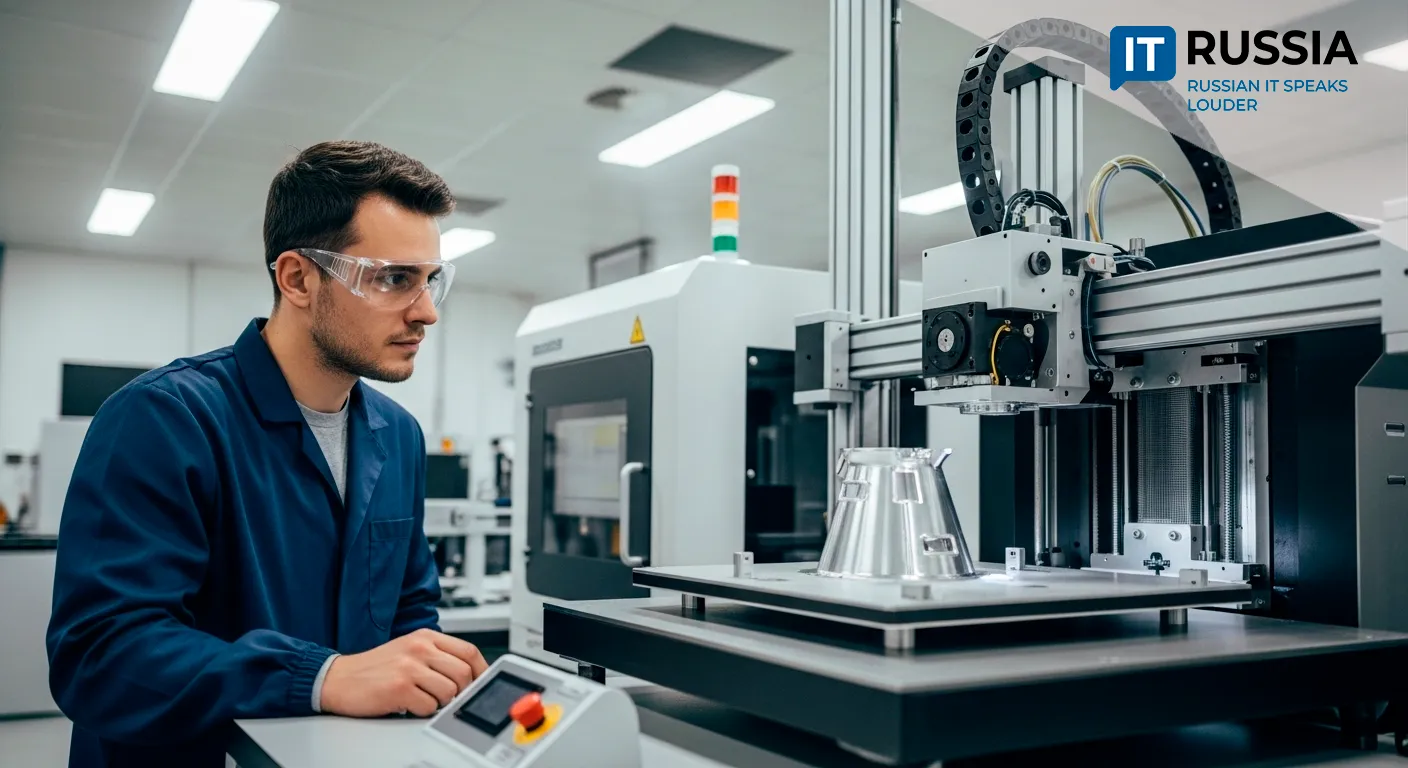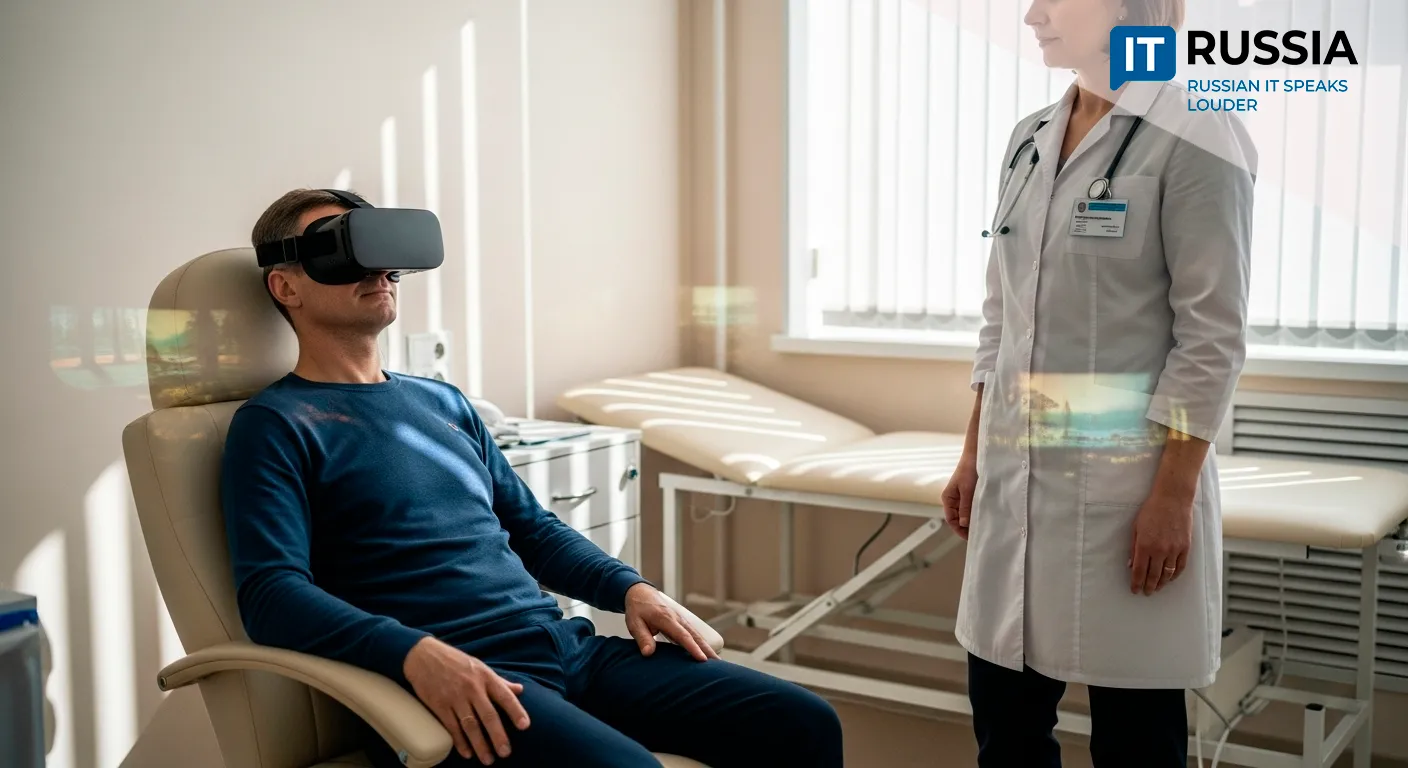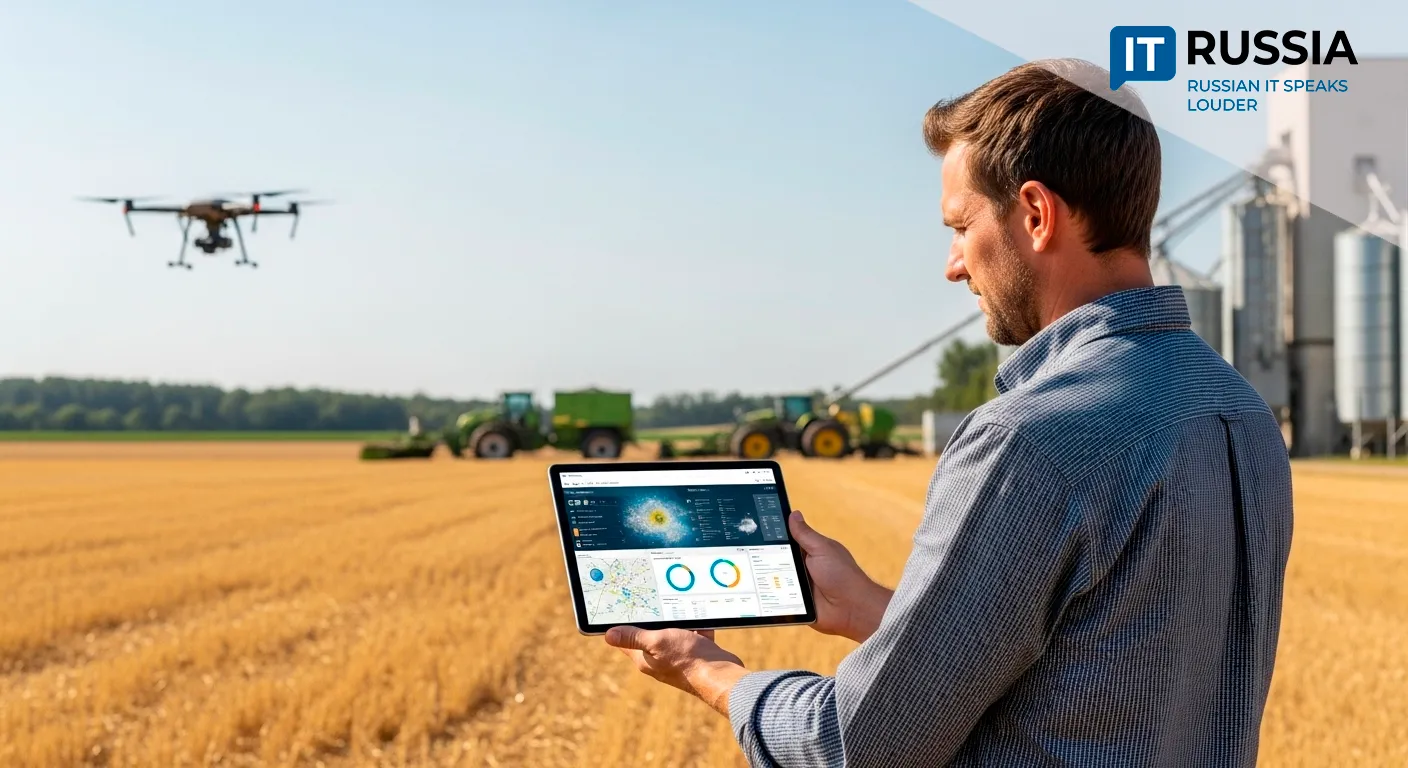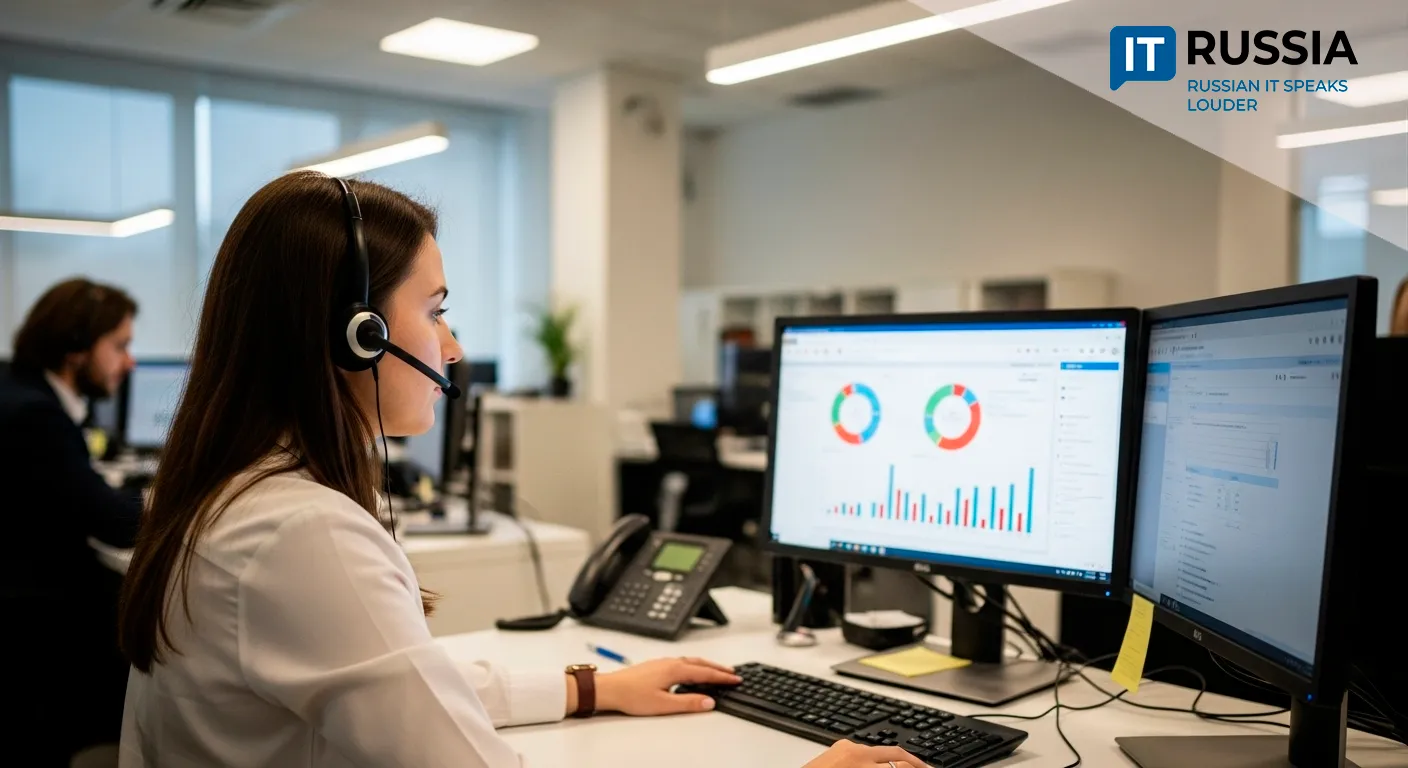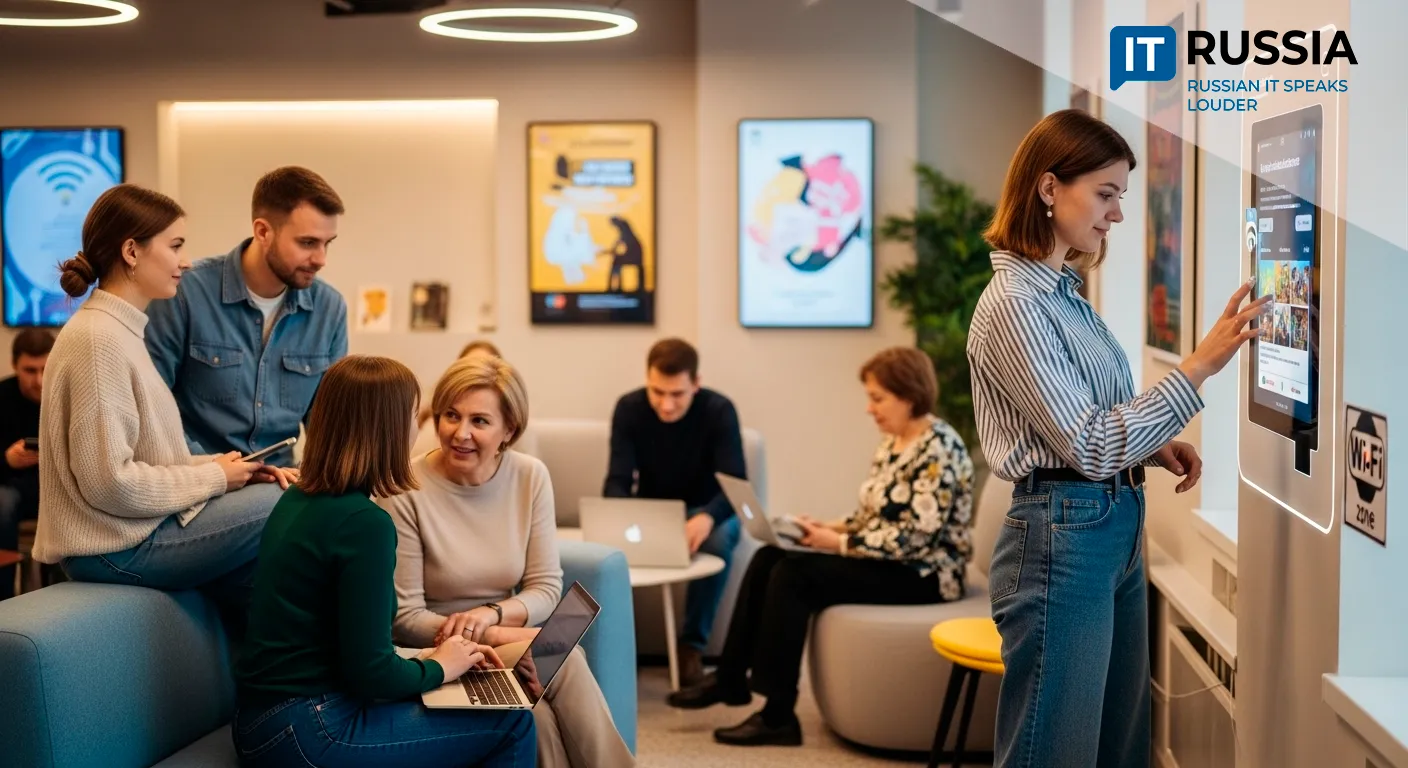Right to Your Door: Russia Ramps Up Hyperlocal Delivery With Robots and AI
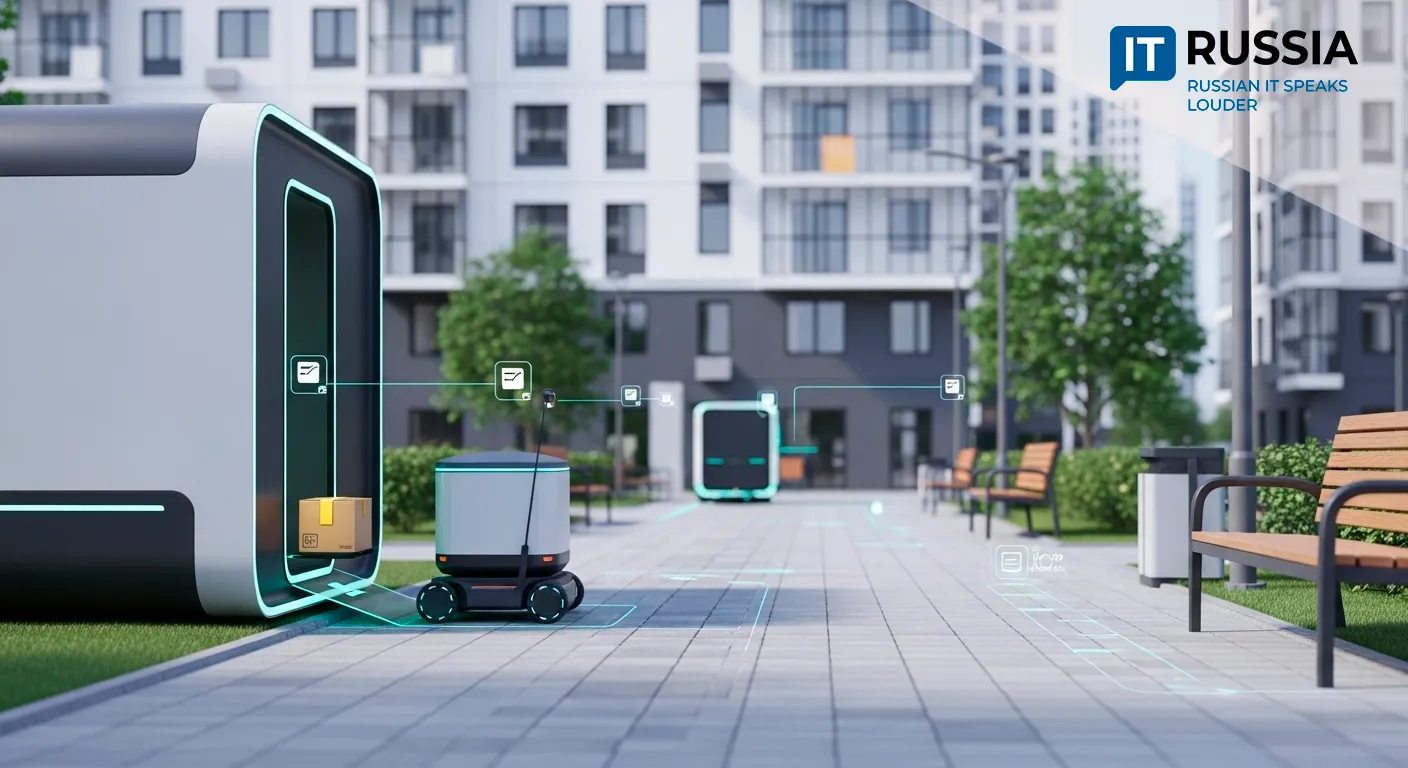
Russia is riding a wave of hyperlocal logistics, where dark stores, courier robots, and AI-driven systems are transforming how goods reach consumers—in as little as 15 minutes.
Ultra-Fast Becomes the New Normal
In 2024, Russia’s e-commerce market posted remarkable growth, surging by 45% to over 19.9 trillion rubles. Notably, 41% of all retail sales occurred online—and 97% of those were through domestic marketplaces. In this environment, hyperlocal logistics has become a competitive differentiator and a new standard for customer service.
This model depends heavily on deep automation, including dark stores, delivery robots, and AI-integrated systems for warehouse management and route planning. These innovations reduce delivery time, improve demand forecasting accuracy, and minimize reliance on human labor. That’s especially critical in high-density urban areas, where speed is paramount for maintaining customer loyalty.
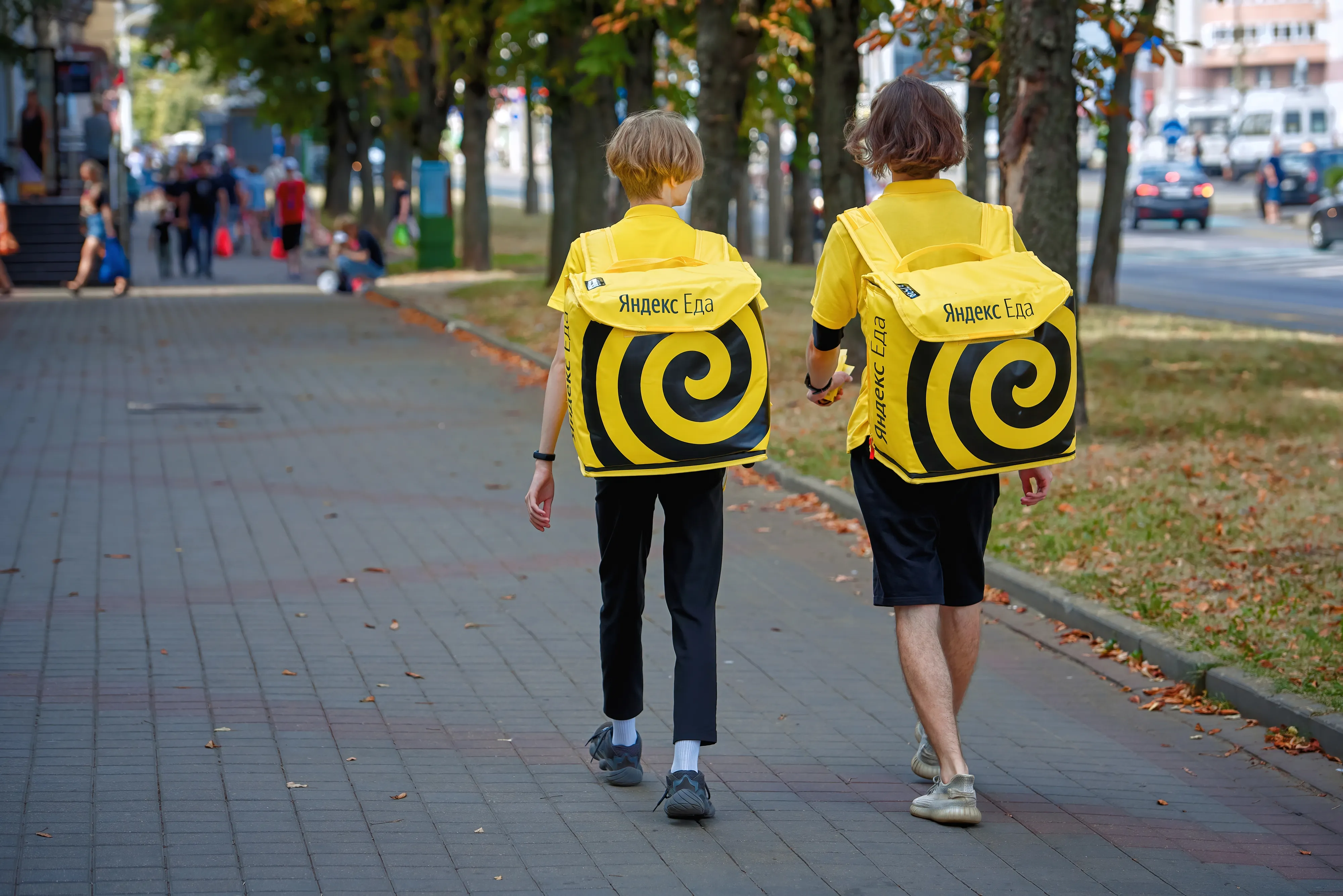
For consumers, hyperlocal logistics means convenience—products are closer and more accessible. For businesses, it’s a strategic tool to retain customers through speed and service quality. And for Russia, it represents a leap forward in modernizing its logistics infrastructure and reducing dependence on imported solutions. The country’s homegrown ultra-fast delivery ecosystem is rapidly catching up with global leaders.
Moving Fast—and Getting Faster
Russia’s hyperlocal logistics sector is advancing rapidly. Yandex.Delivery and Yandex.Eats are integrating autonomous delivery modules and AI-powered route optimization. M.Video-Eldorado launched one-hour delivery of appliances using third-party platforms. Meanwhile, 5Post—part of X5 Group—is expanding its network of pick-up points and micro-warehouses, enabling fulfillment within the hour.
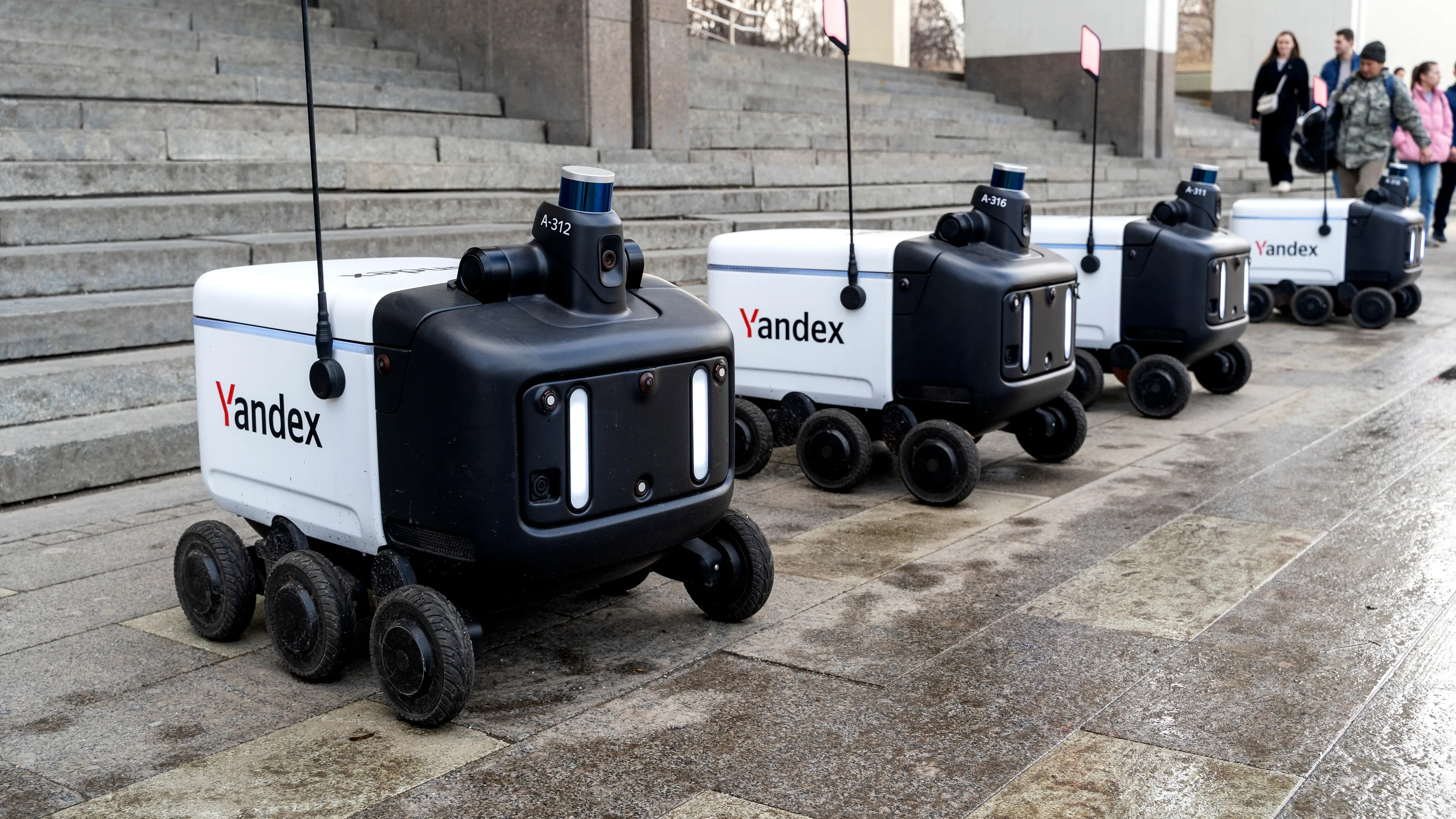
The pandemic in 2020 gave a strong push to warehouse scaling, with firms like Ozon and Wildberries launching dozens of FBO/FBS centers nationwide. In 2023, warehouse automation took off with robotic systems and AI-based management tools. By 2024, M.Video-Eldorado became the first retailer in Russia to offer one-hour appliance delivery, and in 2025, pilot projects with delivery robots began reshaping last-mile logistics.
Scaling Up: The Road Ahead
Today, hyperlocal delivery is entering a mass adoption phase. Experts forecast a sharp rise in localized warehouses and micro-fulfillment points over the next two to three years, particularly in densely populated areas. The integration of AI into logistics management will further enhance supply chain speed and predictability.
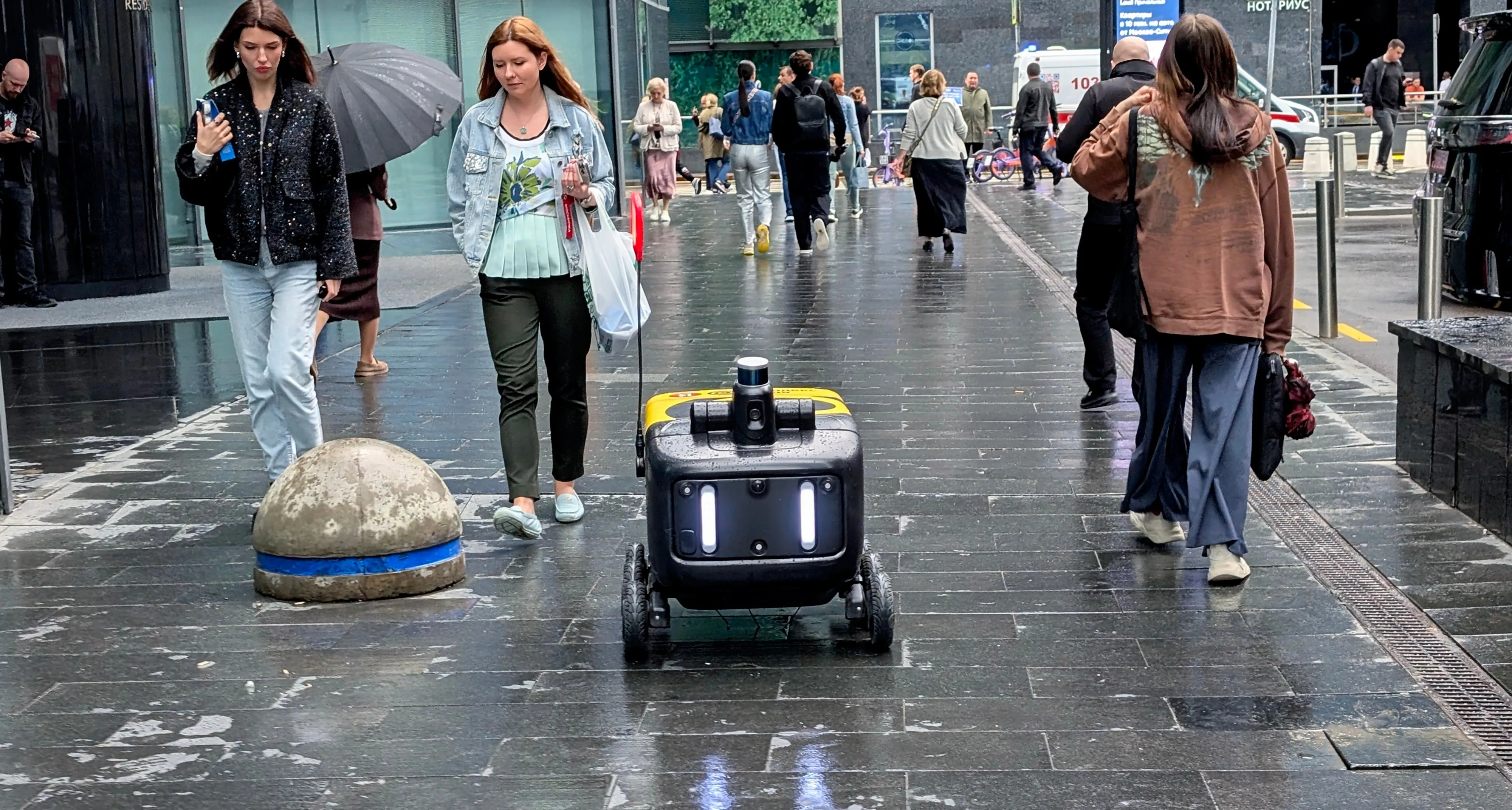
Russia is well-positioned to become a key player in last-mile delivery tech, especially as e-commerce expands across the CIS and Southeast Asia. Still, the path isn’t without challenges—high upfront infrastructure costs and regional readiness may slow rollout. But the momentum is clear: ultra-fast delivery isn’t a passing trend, it’s becoming the new service standard for retail, food, and beyond.
In this way, hyperlocal logistics in Russia is not just meeting customer expectations, but also marking a major step in economic digitalization. AI, robotics, and strategically placed dark stores are reshaping the delivery landscape—where speed and quality define success.



